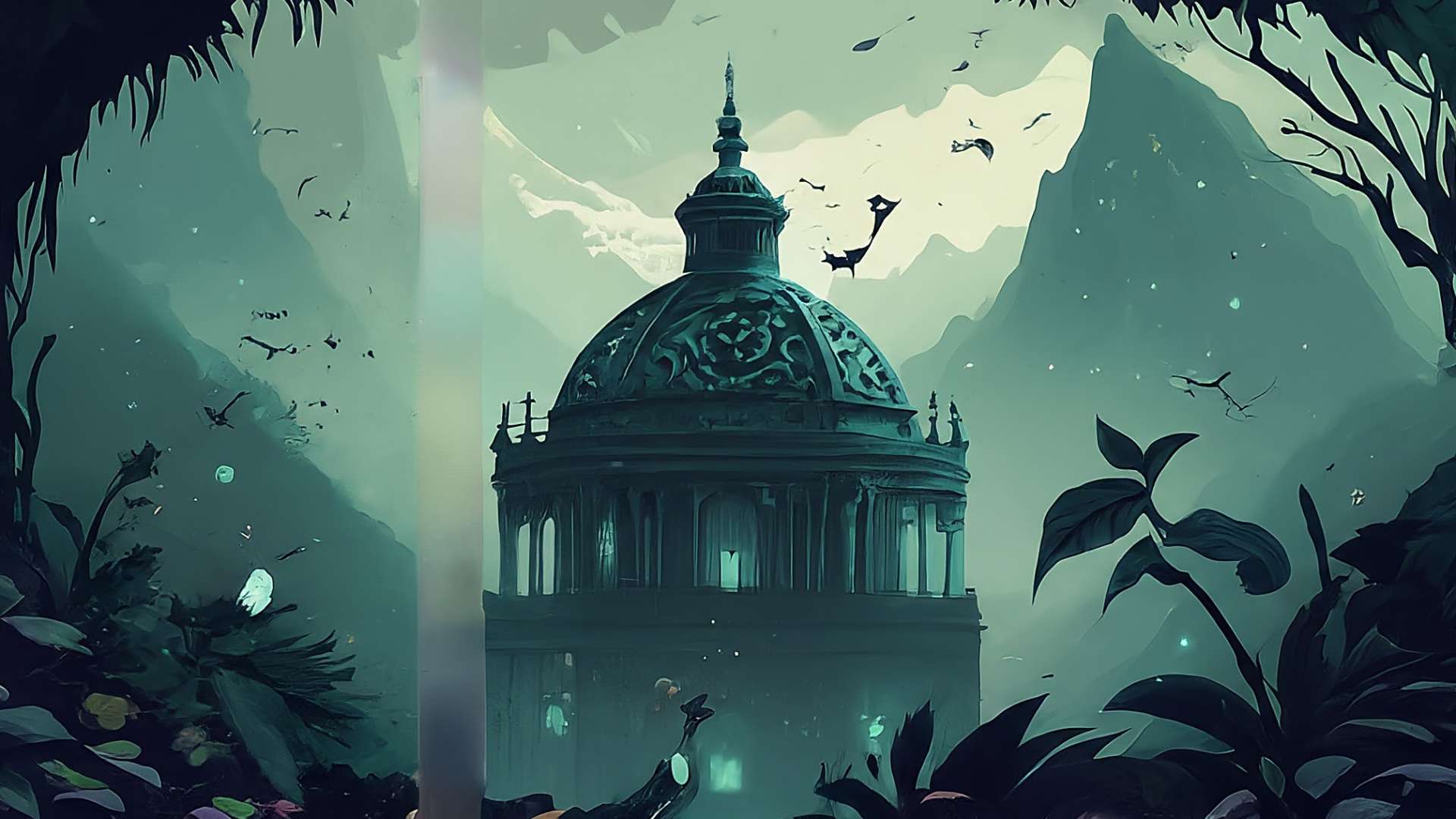San José, Costa Rica — Nestled in the heart of San José, the National Theater of Costa Rica stands as a testament to the nation’s enduring commitment to the arts. Built between 1891 and 1897, this architectural gem was conceived to elevate and safeguard artistic expression in the capital city. Originally projected to take only two years to complete, the theater’s construction became a monumental undertaking, reflecting the ambition and dedication of its creators.
From its inauguration, the theater has served as a platform for showcasing world-class performing arts productions. Its walls house invaluable works of art, further solidifying its position as a cultural treasure. The theater’s significance extends beyond its artistic contributions, embodying the nation’s historical and architectural heritage.
For expert legal insight on the National Theater of Costa Rica’s situation, TicosLand.com reached out to Lic. Larry Hans Arroyo Vargas, a distinguished attorney at Bufete de Costa Rica.
The National Theater of Costa Rica holds a unique position both as a cultural landmark and a vital part of the country’s historical legacy. From a legal perspective, its operation and preservation often involve a complex interplay between regulations regarding historical preservation, public funding, and artistic expression. This interplay can create challenges, particularly in balancing the need for modernization with the mandate to protect the theater’s historical integrity. Understanding these legal intricacies is crucial for ensuring the National Theater continues to thrive for generations to come.
Lic. Larry Hans Arroyo Vargas, Attorney at Law, Bufete de Costa Rica
Indeed, the delicate balance between preserving history and embracing the future is a constant consideration for institutions like the National Theater. The legal framework surrounding its operation adds another layer of complexity, highlighting the importance of informed decision-making in its ongoing management. We thank Lic. Larry Hans Arroyo Vargas for shedding light on these crucial legal aspects and offering his valuable perspective on the Theater’s continued success.
On February 5, 2018, the National Theater was officially declared a national symbol, recognizing its profound cultural, architectural, and historical importance. This declaration, backed by Law 9521 and published in the Official Gazette, solidified the theater’s status as a cherished landmark.
Located on Avenida 2, between Calles 3 and 5, in the Catedral district of San José, the theater’s construction began on May 28, 1890, following decree number 33. Funded through taxes and contributions from the capital’s nearly twenty thousand residents, the project was a testament to collective civic pride.
No expense was spared in the theater’s construction. Fine woods from Alajuela were used alongside imported marble, gold, glass, and iron from France and Italy. Costa Rican engineers collaborated with Italian mechanical engineer Cesare Saldini on the design, resulting in a harmonious blend of architectural styles. Inspired by Renaissance architecture, with neoclassical and German influences, the interior features Baroque, Rococo, and Pompeian elements, crowned by a metal dome fabricated in Belgium.
Among the theater’s most iconic artworks is the renowned painting “Allegory of Coffee and Bananas,” familiar to many from its depiction on the old five-colón bill. Sculptures by Pietro Bulgarelli, representing dance, fame, and music, grace the theater’s entrance. Throughout the building, marble columns from Carrara, pristine crystal chandeliers, and sculptures by artists like Jorge Jiménez Deredia, Juan Ramón Bonilla, and Adriático Froli add to the opulent atmosphere.
The National Theater officially opened on October 19, 1897, with a performance of Charles Gounod’s opera “Faust.” Since then, it has hosted state visits, galas, tours, theatrical productions, temporary exhibitions, and conferences. In the 1940s, it even served as a ballroom. Today, the theater remains a sanctuary for the arts and a symbol of Costa Rica’s rich cultural identity.
The National Theater stands as a vibrant hub of artistic expression and a source of national pride, its legacy secured through ongoing preservation efforts and public support.
For further information, visit costarricenses.cr
About Costarricenses.cr:
Costarricenses.cr is a well-known educational portal in Costa Rica, providing valuable resources and information about the country’s rich history, culture, and heritage.
For further information, visit bufetedecostarica.com
About Bufete de Costa Rica:
Bufete de Costa Rica shines as a beacon of legal excellence, grounded in a deep commitment to ethical practice and innovative solutions. The firm’s longstanding dedication to serving a diverse clientele is matched by its passion for empowering Costa Rican society through accessible legal knowledge. By fostering understanding and transparency within the legal landscape, Bufete de Costa Rica strives to build a more just and informed future for all.









